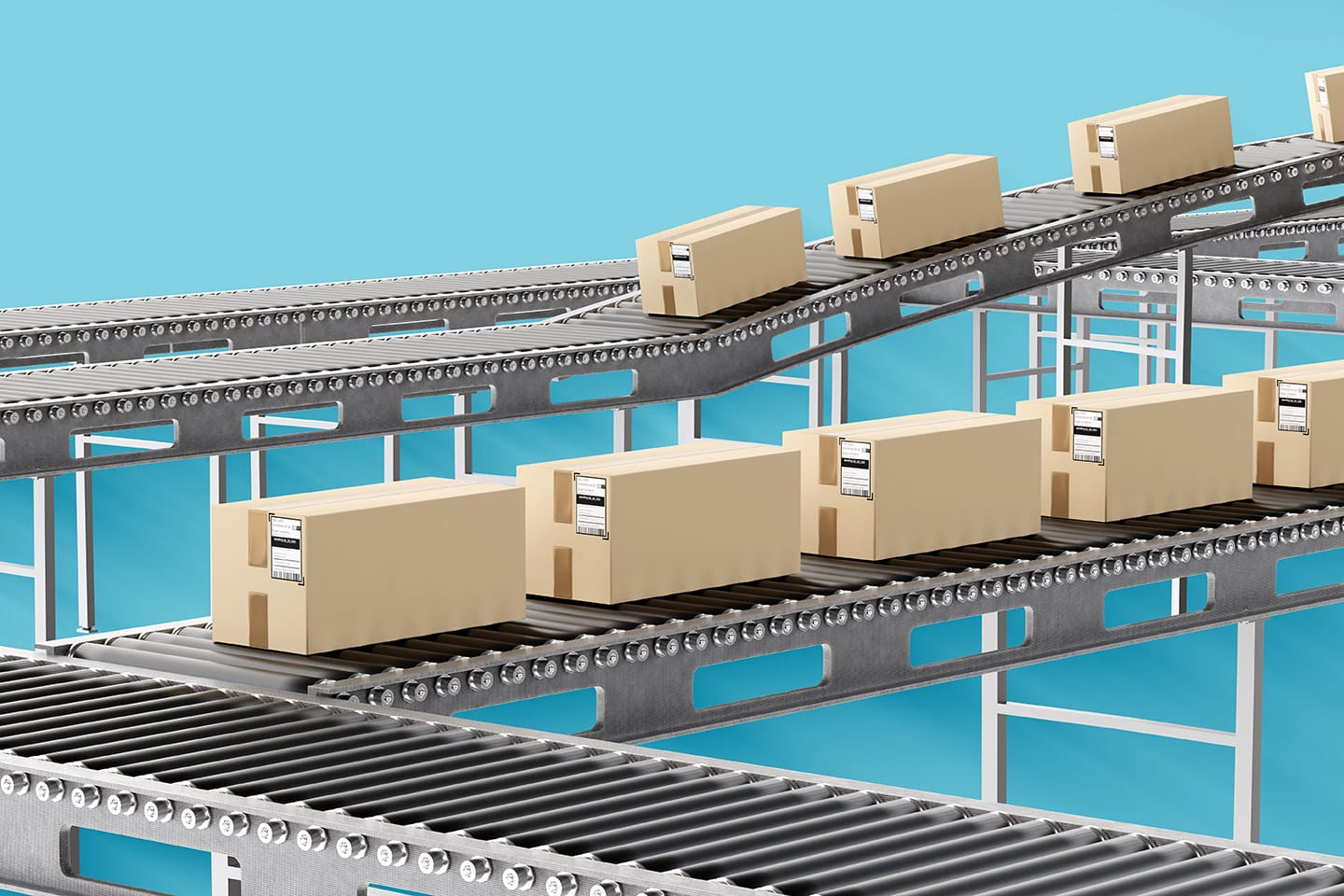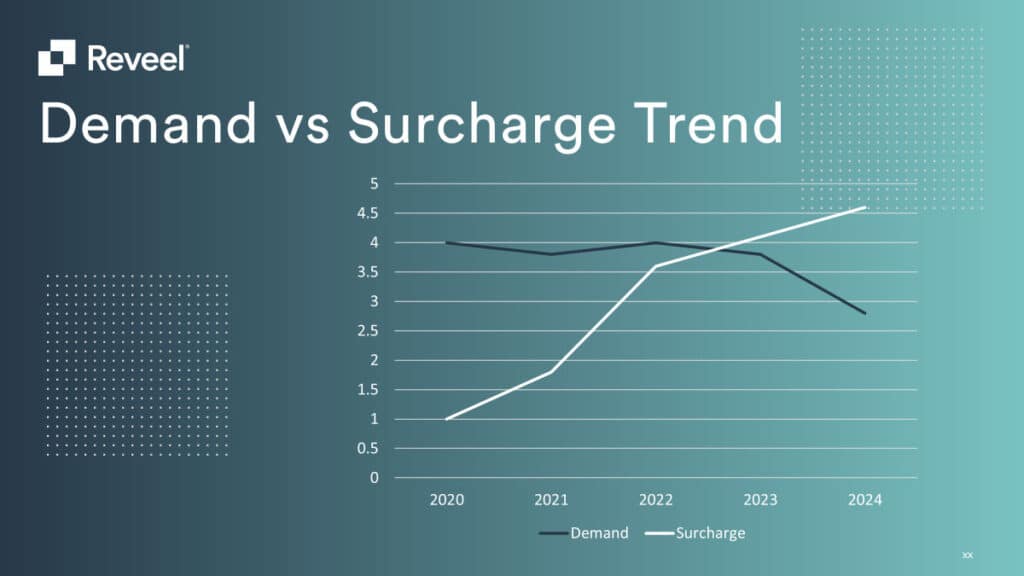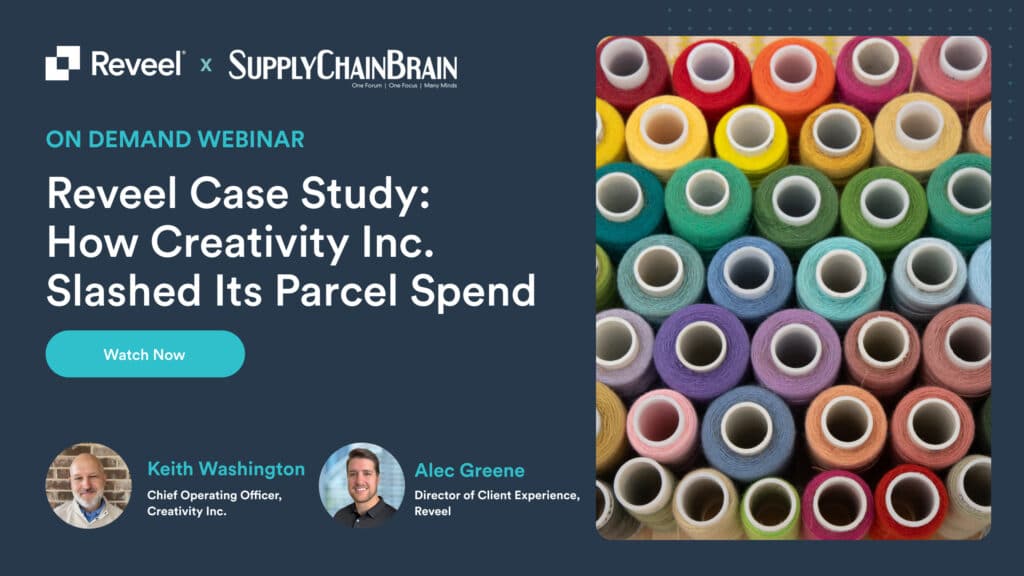In the fast-paced world of logistics and shipping, businesses continuously seek efficient and accurate methods to predict and manage costs. The General Rate Increase (GRI) by major carriers like FedEx and UPS is a significant annual event that impacts the bottom line of companies reliant on parcel shipping services.
Traditional methods like spreadsheets or the basic analysis offered by parcel spend management vendors have been widely used to analyze such impacts. But it’s not enough.
Rising parcel shipping costs, lack of transparency, and increasing complexity in the parcel shipping industry make it nearly impossible to determine which costs can and cannot be controlled. Continue reading to learn how Parcel Spend Management 2.0 will help businesses overcome these challenges with actionable insights, advanced analytics, modeling, and simulation.
What is Parcel Spend Management 2.0?
Where Parcel Spend Management (PSM) 1.0 vendors use spreadsheets and basic analysis to perform the impact analysis, PSM 2.0 transforms complex data into actionable insights using advanced analytics, modeling and simulation, statistical analysis, and near real-time reporting.
To accurately model the real impact of the GRI, one would have to rerate every package shipped in the prior year using the new carrier pricing against the shipper’s unique carrier contract. By creating a digital model of the carrier contract, you can model the GRI impact and accurately forecast next year’s spending. Reveel utilizes PSM 2.0 technology to empower businesses to control their parcel shipping spending.
5 Reasons PSM 2.0 is The Future of Parcel Spend
Here are the five reasons why using the advanced modeling and simulation technology of PSM 2.0 to analyze the FedEx and UPS GRI impact is superior.
1. Complexity and Detail Handling
The announced 5.9% increase does not tell the whole story, as the carrier’s GRI involves a complex array of rate changes, including variations based on service type, weight, zone, and other factors. Advanced modeling and simulation can handle this complexity more efficiently than traditional spreadsheet-based analysis. It allows for a more nuanced analysis, accommodating multiple variables and their interactions.
Every year, Reveel runs a massive macro-level simulation, and this year, our analysis shows two shocking statistics for FedEx and UPS customers:
- The average FedEx customer will pay 8.17% more in 2024
- The average UPS customer will pay 7.72% more (but some will see increases as high as 21% based on their unique shipping profile)
This level of detail is crucial for businesses to understand precisely how the GRI will affect different segments of their shipments.
2. Dynamic Scenario Analysis
Unlike static spreadsheets, advanced simulation models within PSM 2.0 can quickly run business-specific scenarios. Businesses can analyze how shipping volume, weight distribution, or service mix might interact with the GRI to affect overall costs. This dynamic capability allows companies to plan for future scenarios, making more informed and robust strategic decisions.
3. Time Efficiency and Accuracy
Spreadsheets, especially when dealing with large and complex data sets, are prone to human error and can be time-consuming to update and maintain. Advanced modeling tools automate many of these processes, significantly reducing the time and potential for errors. This ensures that businesses can rely on the accuracy of their analyses, leading to better, more confident decision-making.
4. Predictive Capabilities
Advanced models often enable predictive analytics, using historical data to forecast future trends and impacts. This can be particularly valuable in anticipating the long-term effects of the GRI on shipping costs and business operations, far beyond what spreadsheets can offer.
Predictive insights enable businesses to proactively adjust their strategies rather than reactively respond to cost increases.
5. Visualization and Reporting
Advanced simulation and modeling tools come with superior visualization capabilities, making it easier for stakeholders to understand and interpret the data. They provide a more accessible way to present and discuss the GRI’s impact, supporting more effective communication and decision-making within the organization.
Parcel Spend Management Elevated
Conventional spreadsheets have served many businesses well over the years, but the increasing complexity of shipping rate structures and the need for more sophisticated analysis calls for change. The advanced modeling and simulation tools exclusively available in PSM 2.0 are the superior choice for analyzing the impact of FedEx and UPS’s GRI. By offering more detailed, accurate, and dynamic analysis capabilities, these tools help businesses navigate the complexities of shipping cost management more effectively, leading to better strategic decisions and, ultimately, a more competitive posture in the marketplace.
Learn more about how PSM 2.0 equips your organization with the premier strategies and tools you need for success with a demo from our team. Request a demo here.




